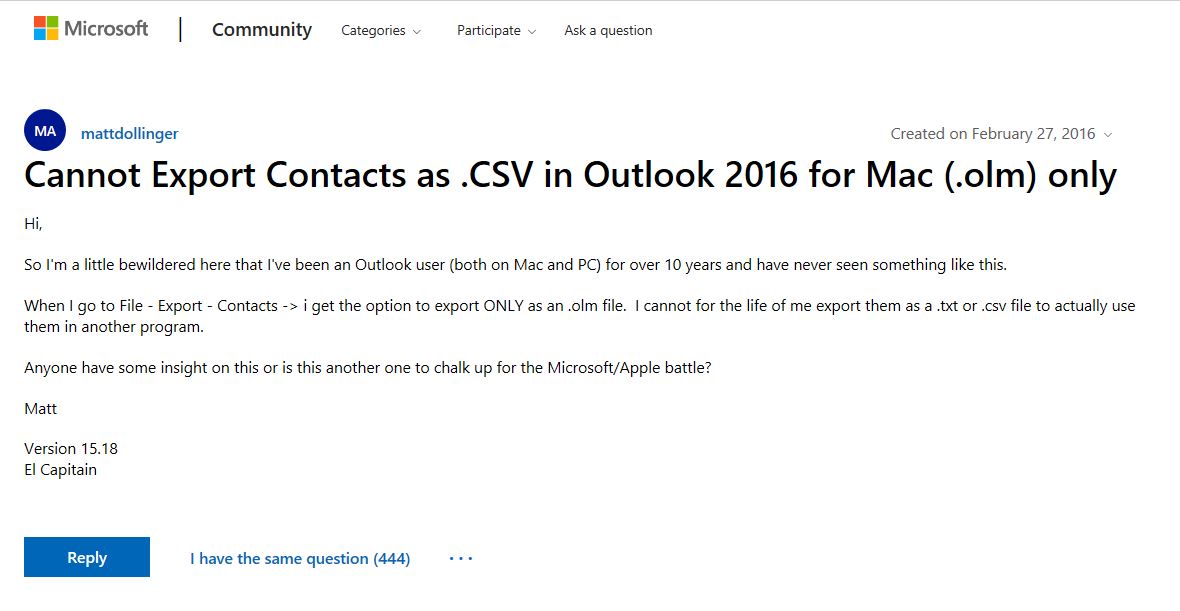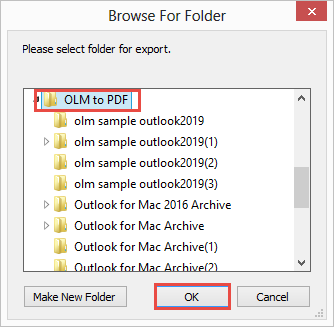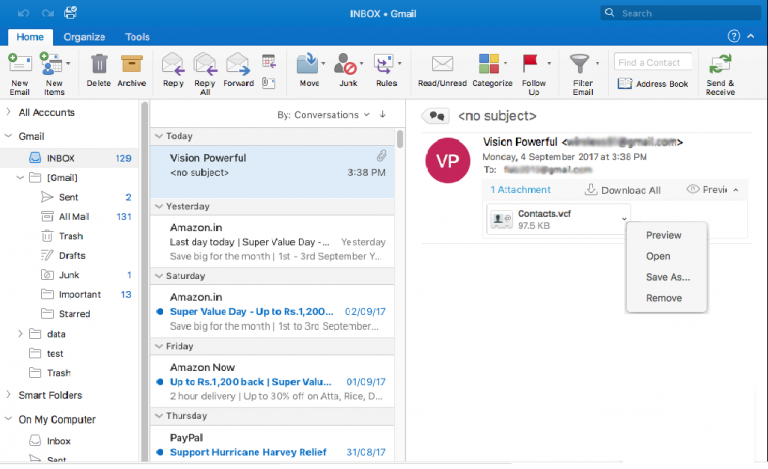
To remove these fields and all the data in them, hold down the Ctrl key and click the column letters above the “Home…” field columns. You won’t need the first column/field either (Title).Ĥ. Notice, however, that because this database is work-related, you won’t need all the fields that refer to Home such as Home Address, Home City, Home Phone, etc. If you have maintained your Outlook contact list and kept all the fields up-to-date, your CSV file in Excel should look like the spreadsheet in Figure2a. The Outlook field names are distributed across the first row beginning with A1.įigure 1: Import-Open Outlook contacts CSV file in Excel.ģ. Excel places each contact field in its own column, and the records run vertically down the rows beginning at A2.

If, however, you have more than one version of Excel and/or more than one spreadsheet program, it’s better to open Excel first, locate the file, then click File > Open > Computer > Browse, browse to the file’s location, select the file, and click Open.Ģ. If Excel resides on your system, the file opens in the Excel program.

The easiest way is to just locate the file and double-click the filename. There are several ways to import your CSV file into Excel. Import Outlook contacts/CSV file into Excelġ. But that’s another complex process for a future article. You can also create relational databases in Excel, with the master database in one file and the related databases in other files. Smaller databases (or sections of a single database) are much easier to manage and manipulate than one huge database file. Remember, 50,000 records (rows) with four fields (columns) is actually much smaller (memory and file size) than 25,000 records (rows) with 12 fields (columns). If you don’t have access to another database program, you can still use Excel, but you’ll have to break up your database into workable sections (either separate sheets or, possibly, separate worksheet files) such as, for example, last names A through H in one worksheet file I through P in a second worksheet file, and Q through Z in the last file. Merging that much data, at one time, with a Word document would also be slow and cumbersome. That’s because 100,000 records (even if each record has only a few fields) contain so much data, the manipulation of such a huge database would be slow and cumbersome (based on how much memory your system has and how that memory is allocated). Even though Excel can accommodate 1,048,576 records, I recommend using a relational database such as Microsoft Access if your database has more than 100,000 records.

#Export outlook for mac contacts into excel how to#
See Part One for instructions on how to export Outlook contacts to Excel for data management.īefore we start, let’s talk about when not to use Excel for mail merge data management. Also, because Excel is so easy to use, and you can view your databases on a single screen, this method is often preferable.

This is the easiest, most efficient method for such a job, especially if your distribution tasks are repetitive and innumerable. Part Two of this three-part article covers how to import your Outlook contact list-the CSV file-into Excel, then how to refine, maintain, and manage that database so, in Part Three, you can merge it with your custom Word documents for distribution.


 0 kommentar(er)
0 kommentar(er)
